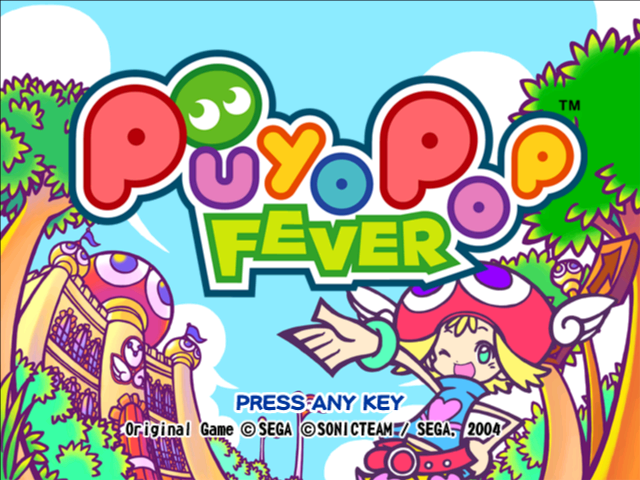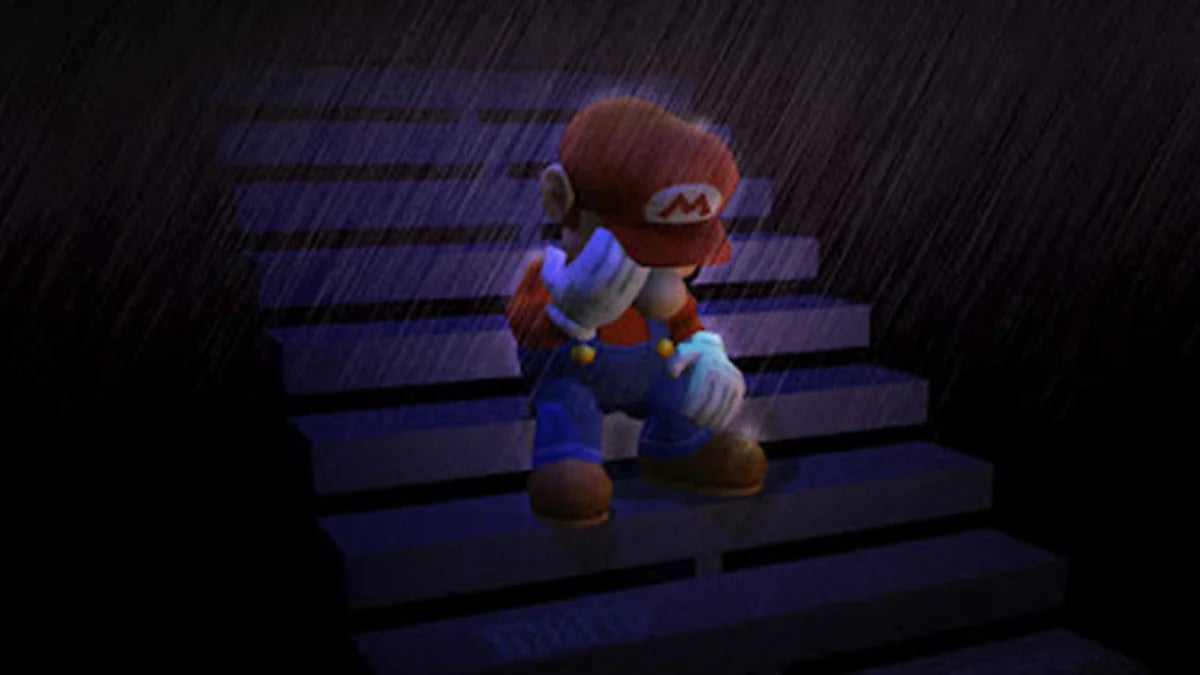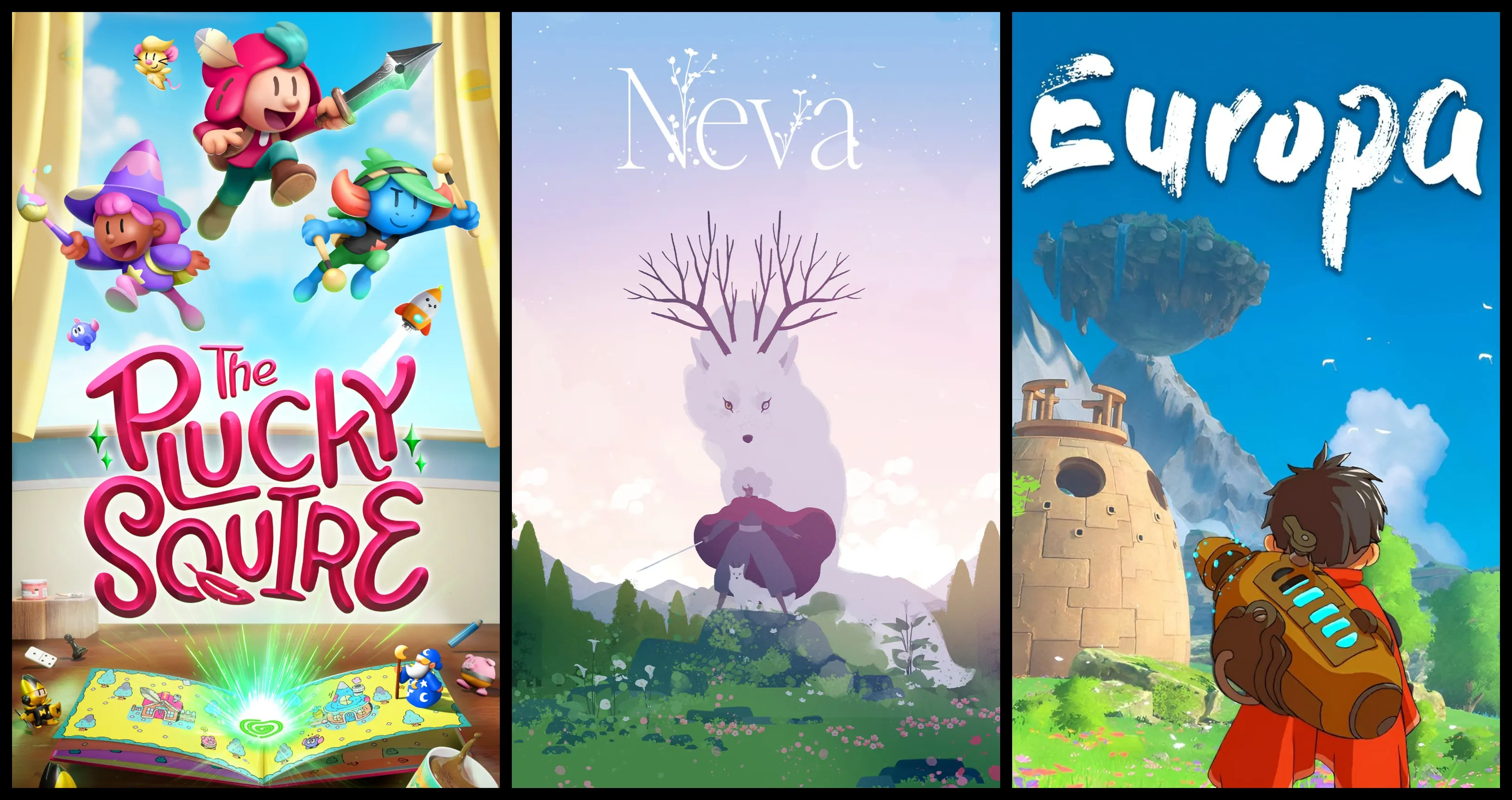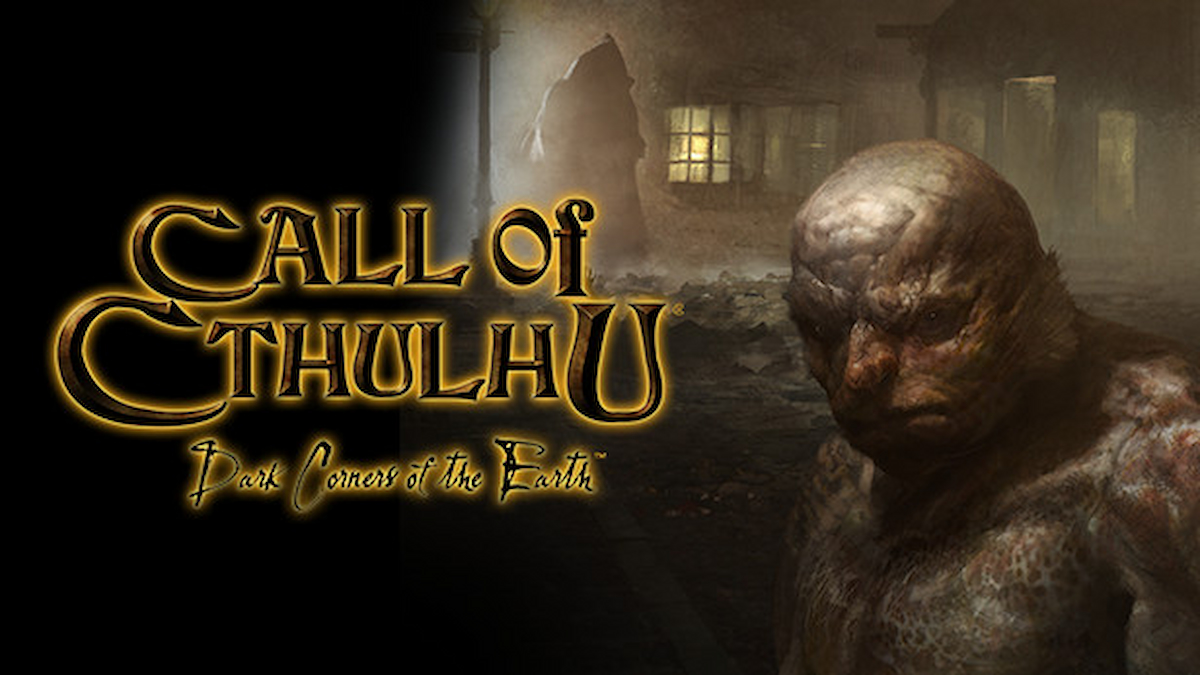
Puyo Puyo! takes over the world! Okay. Not really, but these games might bring back some nostalgia. After all, Puyo Puyo! has been around for nearly forever, releasing in 1991 for the MSX2 home computer.
So although it may be a franchise as old as The Legend of Zelda: A Link to the Past or Mega Man 4, Puyo Puyo! has remained nearly as popular as those franchises for good reason. Like Tetris, Puyo Puyo! is an addicting, skill-based puzzle game. The only difference is that it has Japanese characters and a killer story line (depending on the version that you're playing).
And that really matter, because there are quite a few games in the series. So to help you whittle the selection down to the games that really matter, here are the Puyo Puyo! games that'll get you frothing at the mouth.
Dr. Robotnik's Mean Bean Machine
Dr. Robotnik's Mean Bean Machine is a straight replica of Puyo Puyo madness. It was originally released in 1993 for the Sega Mega Drive, with the game's creators using characters from Sonic the Hedgehog to appeal to their Western audience.
If you've never played it, you should know that the game features Doctor Robotnik, the titular Sonic the Hedgehog villain. He decides to kidnap the residents of Beanville from the planet Mobius, turning them into robot slaves -- and he almost succeeds, unless you stop him.
The main character, named "Has Bean," is supposed to stop Robotnik and his henchmen by breaking into the dungeons that the bean-like creatures are being held in -- and breaking them out.
It's really exciting stuff.
It was also available on the Game Gear and Sega Master system at the time, but can be found today in many Sega master collections for modern consoles.
Puyo Puyo Tsu
Puyo Puyo Tsu (a.k.a. Puyo Puyo 2, Puyo Puyo Tsuu, or Puyo Puyo 2: Tsuu ... yeah, it goes by a lot of names) is the second game in the Puyo Puyo series.
The game is similar to the first one in the series, but it includes three main modes: Single Puyo Puyo, Double Puyo Puyo, and Endless Puyo Puyo. The single mode of the game is a story mode where Satan attempts to steal Arle's heart and nab Kaa-Kun, two characters from the game.
Fun Fact: Arle and Kaa-Kun are fascinating characters. A quick Google search will tell you that Arle is a young girl with immense power. She's a little on the snarky side, but for the most part, she's upbeat. Her age varies from game to game (in the Madou Mongatari series, she is about five, but in the Puyo Puyo series, she's about 16). She also wields elemental magic.
But if her bad ass magic is too much for you, you can always hang around poor Kaa-Kun (a.k.a. Carbuncle). He's the unusually happy mascot of the Puyo Puyo games. Due to his curious nature, he wanders off in search of excitement and adventure, which generally puts him in wonderfully awkward situations.
But enough about that.
If you want to play the versus mode, you should know that its menu has five predefined rule sets, and gives the player the chance to set custom rules. The multiplayer mode is exactly what it sounds like: super awesome amazing Puyo Puyo fun!
Kirby's Avalanche
\Kirby's Avalanche (known as Kirby's Ghost Trap in Europe and Super Puyo Puyo in Japan) is one of the most popular versions of Puyo Puyo. It was released in the U.S. by Nintendo in 1995.
In the Western version of the game, King Dedede has challenged Kirby and other Dream Land members to a Ghost Trap/Avalanche Competition at the Fountain of Dreams. The goal of the game is to defeat Dedede.
The game is different from its Japanese counterpart in that it doesn't focus on Arle and Carbuncle's stories. Instead, it uses Kirby characters as a way to appeal to its Western audience. It's also different in that Kirby and his opponents have full conversations instead of their usual mutters.
It was released on the Wii Virtual Console in 2007.
Puyo Puyo ~n
Puyo Puyo ~n (a.k.a. Puyo Puyo 4 and Puyo~n Party) is similar to Puyo Puyo Tsu, with the addition of character specials, Tokoton modes, and a Free Battle mode.
This version of Puyo Puyo has a serious storyline. It begins with Satan looking at books in a magical library. He finds a black box, which opens by itself. The next morning, a Puyo Circus arrives and Arle and Carbuncle go to explore. Once there, they're greeted by a jester-looking character and the story only gets wackier from there.
The game was first released in the U.S.; it made its debut in 199 on the Sega Dreamcast. It was also released on the Nintendo64, PlayStation, and GameBoy Color.
Puyo Puyo!! 20th Anniversary
Puyo Puyo!! 20th Anniversary was created to honor the 20th anniversary of the Puyo Puyo!! Series.
It has 20 modes of gameplay, Pair Puyo, and Shop. Pair Puyo is a two-on-two play mode that allows for extra fun. In this mode, when one of the teams' field tops out, the board is replaced with a new board. The new board has a pre-made chain and can cost a life.
This game also has a shop where you can spend points from different modes in order to get Puyo skins, alternate character voices, and alternate character costumes.
The game also includes over 20 characters from Madou Monogatari, Fever and Fever 2, and Puyo Puyo 7, including: Arle Nadja, Draco Centaruos, WItch, Raffine, Klug, Sig, Rider, RIngo ANdou, Risukuma, Ecolo, and several others.
The rulesets of the game come from Puyo Puyo, Puyo Puyo Tsu, Puyo Puyo Sun, and Puyo Puyo Fever.
Essentially, the game is a Puyo Puyo fest!
The original game was released in 2011 by Sega. It can be played on the PlayStation Portable, Wii, Nintendo DS, and the Nintendo 3DS.
Puyo Puyo Tetris
Puyo Puyo Tetris is a mash up between Puyo Puyo and Tetris (it's all in the name, right?). It was released in 2014 for the Nintendo 3DS, Wii U, PlayStation Vita, PlayStation 3, PlayStation 4, and Xbox One in Japan.
Earlier this year, it became available worldwide for the PlayStation 4 and Nintendo Switch.
The game has five modes: VS, Fusion, Swap, Big Bang, and Party. The VS version allows players to play with the basic Puyo Puyo rules or Tetris lines.n The Fusion version occurs when Puyos and tetriminoes are dropped into the same puzzle field. The goal is to clear the lines so that the puyo doesn't reset the chain count to zero.
The Swap version is where players use either Puyo Puyo or Tetris in the beginning. After a set time, the field swaps from one to the other. The goal is to tap out your opponent. The Big Bang mode is where Puyo Puyo is sent to Fever mode and Tetris players are sent to Lucky Attack.
Party Mode is where items drop into the fields, giving a special effects when cleared together with other Puyo or Tetrominoes. The goal is to be the player with the highest amount of points at the end.

So, in the end, the Puyo Puyo Series has prevailed for over 20 years and seems to be going strong. There are, at minimum, 10 versions of the game, with each version becoming more popular than its predecessor.
Puyo Puyo has fascinating game play, interesting characters, and several sets of rules -- depending on which one you're playing.
If you want to learn all of them, I suggest you get started now.
Let us know what you think in the comments section!






Published: Apr 29, 2017 08:21 pm